Capital One 2012 Annual Report Download - page 79
Download and view the complete annual report
Please find page 79 of the 2012 Capital One annual report below. You can navigate through the pages in the report by either clicking on the pages listed below, or by using the keyword search tool below to find specific information within the annual report.-
 1
1 -
 2
2 -
 3
3 -
 4
4 -
 5
5 -
 6
6 -
 7
7 -
 8
8 -
 9
9 -
 10
10 -
 11
11 -
 12
12 -
 13
13 -
 14
14 -
 15
15 -
 16
16 -
 17
17 -
 18
18 -
 19
19 -
 20
20 -
 21
21 -
 22
22 -
 23
23 -
 24
24 -
 25
25 -
 26
26 -
 27
27 -
 28
28 -
 29
29 -
 30
30 -
 31
31 -
 32
32 -
 33
33 -
 34
34 -
 35
35 -
 36
36 -
 37
37 -
 38
38 -
 39
39 -
 40
40 -
 41
41 -
 42
42 -
 43
43 -
 44
44 -
 45
45 -
 46
46 -
 47
47 -
 48
48 -
 49
49 -
 50
50 -
 51
51 -
 52
52 -
 53
53 -
 54
54 -
 55
55 -
 56
56 -
 57
57 -
 58
58 -
 59
59 -
 60
60 -
 61
61 -
 62
62 -
 63
63 -
 64
64 -
 65
65 -
 66
66 -
 67
67 -
 68
68 -
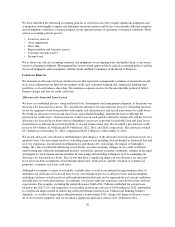 69
69 -
 70
70 -
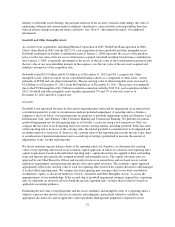 71
71 -
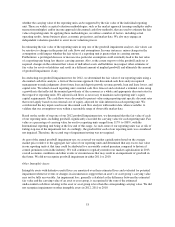 72
72 -
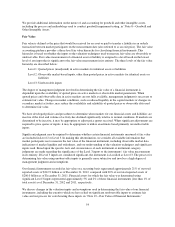 73
73 -
 74
74 -
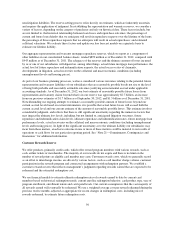 75
75 -
 76
76 -
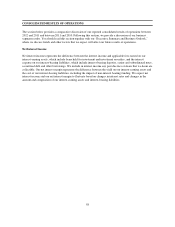 77
77 -
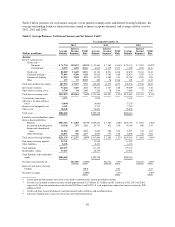 78
78 -
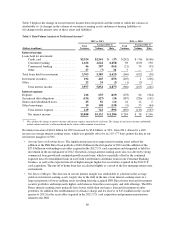 79
79 -
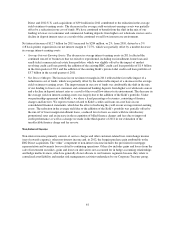 80
80 -
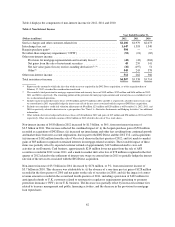 81
81 -
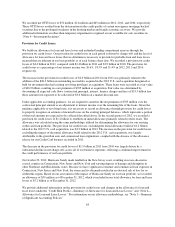 82
82 -
 83
83 -
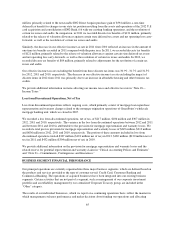 84
84 -
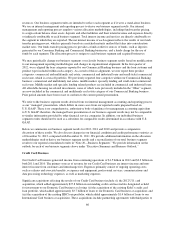 85
85 -
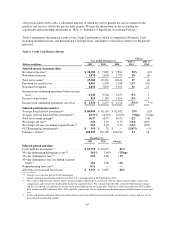 86
86 -
 87
87 -
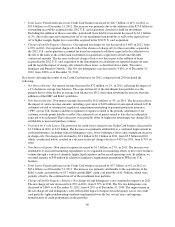 88
88 -
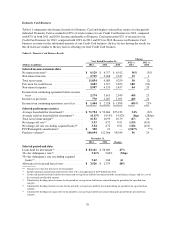 89
89 -
 90
90 -
 91
91 -
 92
92 -
 93
93 -
 94
94 -
 95
95 -
 96
96 -
 97
97 -
 98
98 -
 99
99 -
 100
100 -
 101
101 -
 102
102 -
 103
103 -
 104
104 -
 105
105 -
 106
106 -
 107
107 -
 108
108 -
 109
109 -
 110
110 -
 111
111 -
 112
112 -
 113
113 -
 114
114 -
 115
115 -
 116
116 -
 117
117 -
 118
118 -
 119
119 -
 120
120 -
 121
121 -
 122
122 -
 123
123 -
 124
124 -
 125
125 -
 126
126 -
 127
127 -
 128
128 -
 129
129 -
 130
130 -
 131
131 -
 132
132 -
 133
133 -
 134
134 -
 135
135 -
 136
136 -
 137
137 -
 138
138 -
 139
139 -
 140
140 -
 141
141 -
 142
142 -
 143
143 -
 144
144 -
 145
145 -
 146
146 -
 147
147 -
 148
148 -
 149
149 -
 150
150 -
 151
151 -
 152
152 -
 153
153 -
 154
154 -
 155
155 -
 156
156 -
 157
157 -
 158
158 -
 159
159 -
 160
160 -
 161
161 -
 162
162 -
 163
163 -
 164
164 -
 165
165 -
 166
166 -
 167
167 -
 168
168 -
 169
169 -
 170
170 -
 171
171 -
 172
172 -
 173
173 -
 174
174 -
 175
175 -
 176
176 -
 177
177 -
 178
178 -
 179
179 -
 180
180 -
 181
181 -
 182
182 -
 183
183 -
 184
184 -
 185
185 -
 186
186 -
 187
187 -
 188
188 -
 189
189 -
 190
190 -
 191
191 -
 192
192 -
 193
193 -
 194
194 -
 195
195 -
 196
196 -
 197
197 -
 198
198 -
 199
199 -
 200
200 -
 201
201 -
 202
202 -
 203
203 -
 204
204 -
 205
205 -
 206
206 -
 207
207 -
 208
208 -
 209
209 -
 210
210 -
 211
211 -
 212
212 -
 213
213 -
 214
214 -
 215
215 -
 216
216 -
 217
217 -
 218
218 -
 219
219 -
 220
220 -
 221
221 -
 222
222 -
 223
223 -
 224
224 -
 225
225 -
 226
226 -
 227
227 -
 228
228 -
 229
229 -
 230
230 -
 231
231 -
 232
232 -
 233
233 -
 234
234 -
 235
235 -
 236
236 -
 237
237 -
 238
238 -
 239
239 -
 240
240 -
 241
241 -
 242
242 -
 243
243 -
 244
244 -
 245
245 -
 246
246 -
 247
247 -
 248
248 -
 249
249 -
 250
250 -
 251
251 -
 252
252 -
 253
253 -
 254
254 -
 255
255 -
 256
256 -
 257
257 -
 258
258 -
 259
259 -
 260
260 -
 261
261 -
 262
262 -
 263
263 -
 264
264 -
 265
265 -
 266
266 -
 267
267 -
 268
268 -
 269
269 -
 270
270 -
 271
271 -
 272
272 -
 273
273 -
 274
274 -
 275
275 -
 276
276 -
 277
277 -
 278
278 -
 279
279 -
 280
280 -
 281
281 -
 282
282 -
 283
283 -
 284
284 -
 285
285 -
 286
286 -
 287
287 -
 288
288 -
 289
289 -
 290
290 -
 291
291 -
 292
292 -
 293
293 -
 294
294 -
 295
295 -
 296
296 -
 297
297 -
 298
298 -
 299
299 -
 300
300 -
 301
301 -
 302
302 -
 303
303 -
 304
304 -
 305
305 -
 306
306 -
 307
307 -
 308
308 -
 309
309 -
 310
310 -
 311
311
 |
 |

Table 3 displays the change in our net interest income between periods and the extent to which the variance is
attributable to: (i) changes in the volume of our interest-earning assets and interest-bearing liabilities or
(ii) changes in the interest rates of these assets and liabilities.
Table 3: Rate/Volume Analysis of Net Interest Income(1)
2012 vs. 2011 2011 vs. 2010
Total
Variance
Variance Due to Total
Variance
Variance Due to
(Dollars in millions) Volume Rate Volume Rate
Interest income:
Loans held for investment:
Credit card ........................ $2,524 $2,561 $ (37) $(242) $ (76) $(166)
Consumer banking ................. 1,166 2,624 (1,458) 98 (100) 198
Commercial banking ................ 46 207 (161) (21) 74 (95)
Other ............................ 27 (7) 34 5 —5
Total loans held for investment ............ 3,763 5,385 (1,622) (160) (102) (58)
Investment securities .................... 192 445 (253) (205) 1 (206)
Other ................................ 22 24 (2) (1) (3) 2
Total interest income ................ 3,977 5,854 (1,877) (366) (105) (261)
Interest expense:
Deposits .............................. 216 635 (419) (278) 66 (344)
Securitized debt obligations .............. (151) (127) (24) (387) (286) (101)
Senior and subordinated notes ............ 45 56 (11) 24 22 2
Other borrowings ...................... 19 158 (139) (9) 55 (64)
Total interest expense ............... 129 722 (593) (650) (143) (507)
Net interest income ................. $3,848 $5,132 $(1,284) $ 284 $ 38 $ 246
(1) We calculate the change in interest income and interest expense separately for each item. The change in net interest income attributable
to both volume and rates is allocated based on the relative dollar amount of each item.
Net interest income of $16.6 billion for 2012 increased by $3.8 billion, or 30%, from 2011, driven by a 46%
increase in average interest-earning assets, which was partially offset by an 11% (77 basis points) decline in our
net interest margin to 6.50%.
•Average Interest-Earning Assets: The significant increase in average interest-earning assets reflects the
addition of the ING Direct loan portfolio of $40.4 billion in the first quarter of 2012 and the addition of the
$27.8 billion in outstanding receivables acquired in the 2012 U.S. card acquisition and designated as held for
investment in the second quarter of 2012. Growth in average-interest earning assets also was driven by strong
commercial loan growth and continued growth in auto loans, which was partially offset by the continued
expected run-off of installment loans in our Credit Card business and home loans in our Consumer Banking
business, as well as the expected run-off of higher-margin, higher-loss receivables acquired in the 2012 U.S.
card acquisition. The run-off of home loans has accelerated slightly as a result of the low mortgage interest rate
environment.
•Net Interest Margin: The decrease in our net interest margin was attributable to a decline in the average
yield on our interest-earning assets, largely due to the shift in the mix of our interest-earning assets to a
larger proportion of lower yielding assets resulting from the acquired ING Direct home loan and investment
security portfolios and temporarily higher cash balances from the recent equity and debt offerings. The ING
Direct interest-earning assets generally have lower yields than our legacy loan and investment security
portfolios. In addition, the establishment of a finance charge and fee reserve of $174 million in the second
quarter of 2012 for the receivables acquired in the 2012 U.S. card acquisition and premium amortization
related to the ING
60
